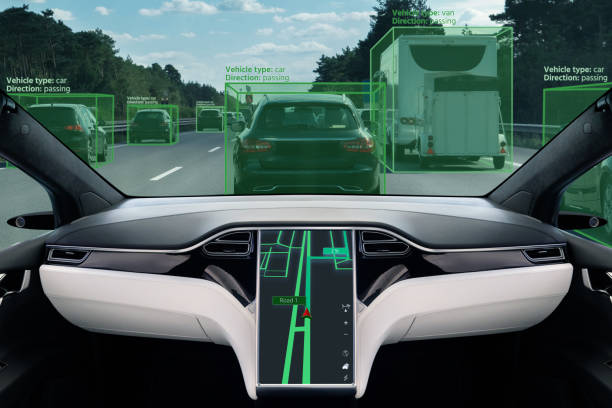Title: The Legal Labyrinth of Autonomous Vehicle Regulation
In the rapidly evolving landscape of transportation technology, autonomous vehicles stand at the forefront of innovation. As these self-driving marvels inch closer to widespread adoption, lawmakers and regulators find themselves navigating uncharted legal territory. This article delves into the complex web of regulations surrounding autonomous vehicles, exploring the challenges and opportunities that lie ahead in this transformative field.

Since then, the legal landscape has evolved rapidly, with numerous states enacting their own autonomous vehicle laws. However, this patchwork approach has led to inconsistencies and challenges for manufacturers and operators looking to deploy their vehicles across state lines. The need for federal guidance became increasingly apparent, prompting the National Highway Traffic Safety Administration (NHTSA) to release its first set of autonomous vehicle guidelines in 2016.
Federal vs. State Regulation: A Delicate Balance
One of the most significant challenges in regulating autonomous vehicles is striking the right balance between federal oversight and state autonomy. Traditionally, the federal government has been responsible for regulating vehicle safety standards, while states have maintained authority over driver licensing, insurance, and traffic laws. The advent of autonomous vehicles blurs these lines, raising questions about where federal authority ends and state jurisdiction begins.
The SELF DRIVE Act, introduced in Congress in 2017, sought to establish a federal framework for autonomous vehicle regulation. While the bill ultimately stalled, it highlighted the ongoing debate over the appropriate level of federal involvement in this emerging field. Proponents argue that a unified national approach is necessary to ensure consistency and promote innovation, while critics worry about preempting state-level consumer protections and safety measures.
Liability and Insurance: Redefining Responsibility
As autonomous vehicles become more prevalent, questions of liability in the event of accidents or malfunctions become increasingly complex. Traditional auto insurance models, which primarily focus on driver error, may not be suitable for a world where vehicles make their own decisions. This has led to discussions about shifting liability from individual drivers to manufacturers or software developers.
Some states have begun to address these issues through legislation. For example, Michigan’s autonomous vehicle laws include provisions that protect manufacturers from liability if a vehicle’s autonomous technology is modified without their consent. However, many legal experts argue that existing product liability laws may be sufficient to handle most autonomous vehicle-related claims, with courts likely to play a significant role in shaping this area of law as cases arise.
Data Privacy and Cybersecurity Concerns
Autonomous vehicles generate and process vast amounts of data, raising significant privacy and cybersecurity concerns. The information collected by these vehicles could potentially be used for surveillance or targeted advertising, prompting calls for robust data protection regulations. Additionally, the risk of hacking or remote hijacking of autonomous vehicles presents a unique security challenge that lawmakers must address.
Several states have already incorporated data privacy provisions into their autonomous vehicle laws. For example, California requires manufacturers to disclose to consumers what information is collected and how it will be used. At the federal level, the SELF DRIVE Act included provisions requiring companies to develop cybersecurity plans and protect consumer privacy. As the technology continues to evolve, it is likely that data protection will remain a key focus of autonomous vehicle regulation.
The Path Forward: Adaptive Regulation and International Harmonization
As autonomous vehicle technology continues to advance at a rapid pace, regulators face the challenge of creating frameworks that are both robust enough to ensure safety and flexible enough to accommodate future innovations. Some experts advocate for an adaptive regulatory approach, which would allow for regular updates to laws and guidelines as the technology evolves.
Furthermore, as autonomous vehicles become a global phenomenon, there is a growing need for international harmonization of regulations. Organizations like the United Nations Economic Commission for Europe (UNECE) are working to develop international standards for autonomous vehicles, which could help facilitate cross-border operations and promote global adoption of the technology.
In conclusion, the regulation of autonomous vehicles represents a complex and evolving legal challenge. As lawmakers and regulators continue to grapple with these issues, it is clear that collaboration between government, industry, and technology experts will be crucial in developing a legal framework that promotes innovation while ensuring public safety and protecting consumer rights. The decisions made in the coming years will play a pivotal role in shaping the future of transportation and mobility around the world.





